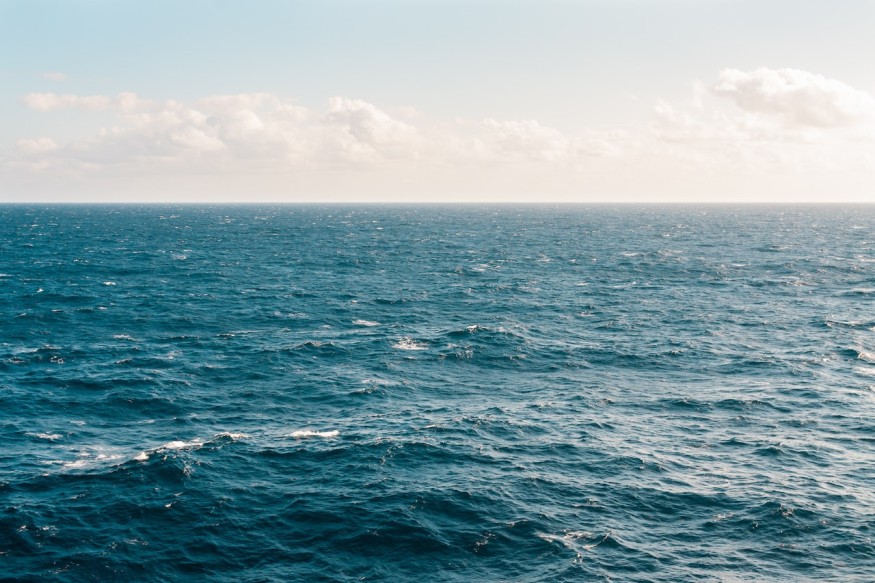
The world still has a close to unlimited freshwater source that is currently in a water vapor form situated above the oceans of the earth. However, this source is still untapped. Science Daily notes how a recent study from the University of Illinois is the first to propose the creation of infrastructure that is capable of getting water vapor from the ocean. This may serve as a solution regarding the limited freshwater supply in different areas of the world.
Read also: Water Harvester: A New Atmospheric Technology Which Works Around the Clock With No Energy Needed
Oceanic Water Vapor as a Potential Water Source
The study was published in the Scientific Reports. As part of the research, the scientists looked into 14 locations that are stressed with water all over the world to assess feasibility. They wanted to see if a hypothetical infrastructure would be able to get the water situated above the ocean and turn it into freshwater and if doing so would remain possible as climate change persists.
One of the study proponents Kumar shares how the scarcity of water is a worldwide issue that is quite relevant and real within the United States as the Colorado River waters have been shrinking and has been consequently impacting Western United States.
Previous Efforts Have Been Limited
According to the University of Illinois, previous efforts to recycle wastewater, desalination, and cloud seeding have only been met with narrowed success. Even if they were launched in certain areas around the world, desalination plants are faced with issues pertaining to sustainability because of the wastewater that is full of heavy metals and brine.
Kumar notes how there will be an eventual need to find ways to boost freshwater supply as recycled water and conservation would not be sufficient. Kumar mentions their sentiments regarding how their proposed approach is capable of doing just that at a bigger scope.
The scientists conducted analyses of the atmosphere and economy with regards to the placement of potential structures that are 100 meters hgih and 210 meters wide.
With their research, the scientists concluded that it is feasible to capture the vapor topping oceanic surfaces across several regions that are stressed with water. The University of Illinois notes how its estimated yield may offer freshwater for large population areas within the subtropics.
Science Daily notes how one projection regarding climate change is regarding how wet areas will become even more wet while dry areas will become even direr. Atmospheric sciences professor and study author Francina Dominguez expresses that those regions that already have water shortages are bound to experience more dryness in the future. He also notes the unfortunate reality regarding how several people move to areas, such as Southwestern United States, that have limited water.
However, such climate projections favor the new harvesting technology of oceanic vapor. Dominguez mentions how this endeavor has not been explored before, likely because scientists keep on looking for land-based ways to address the issue. Their study, however, reveals other options.
RELATED ARTICLE : Corn Waste Finds New Purpose in Water Treatment Studies
Check out more news and information on Climate Change in Science Times.












